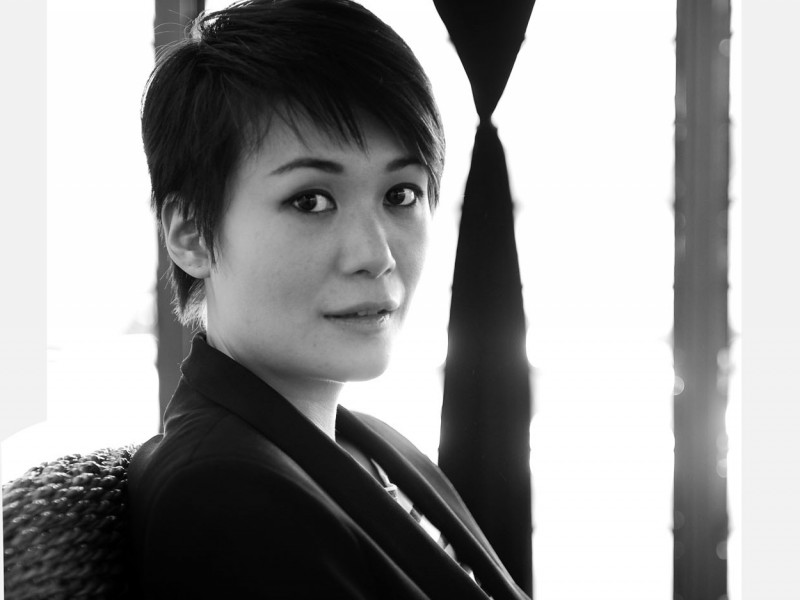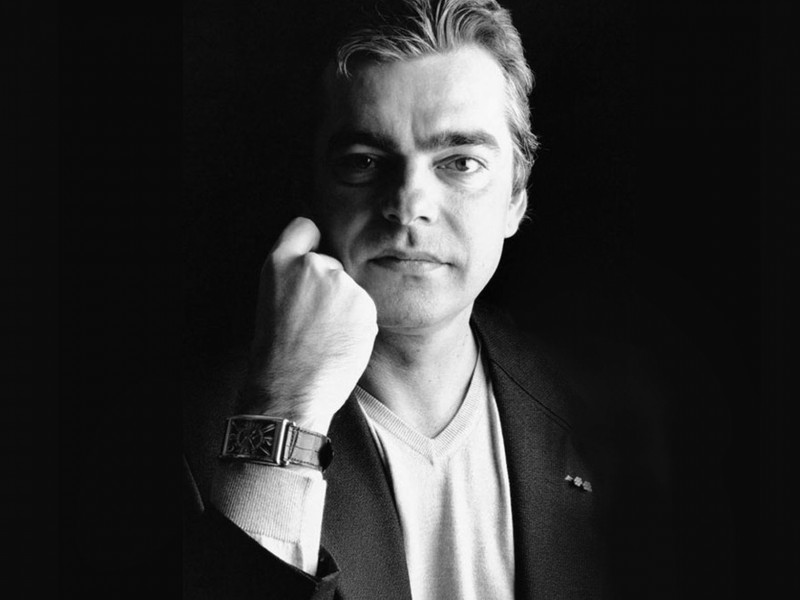We live in a very anodyne world and frankly it’s bland. Eccentricity is not well regarded. Women no longer walk pet black pigs in Hyde Park with their trotters gilded—as some did before the First World War—or dye their doves rainbow colours, as did Lord Gerald Berners at his country home. Whilst many histories of luxury have revolved around theories or brands, it’s important to uncover the culturally engaged. The history of a changing concept can only be traced by examining what people at the time considered to be luxurious. Architecture, furniture and furnishing, clothing and accessories, gems and jewels, fur and precious silks are all props in what we might define—paraphrasing the theorist Arjun Appadurai’s (1986)—‘the social life of a concept’. Next to a list of objects is also a list of people engaged in conspicuous consumption, collecting or simply ‘living the life’ of luxury. These include, among the many, Renaissance courtiers, 18th century fashionables, American heiresses, jet-set playboys, decayed noblemen, glamorous Hollywood stars and rich plutocrats. In this sense luxury is simultaneously a history of things and a manifestation of the people who owned and enjoyed said things.
A major experiential element of luxury has always been the trading, creation and consumption of food. Roman moralists and leaders were soon complaining that special pheasants were being farmed and eaten as a luxury. As a result, a series of sumptuary laws were created not only to control the amount and type of food consumed at banquets, but the number of chariots one could own, alongside the volume of gold jewellery the women owned. Lawmakers felt that such displays of luxury were attempts to buy favours and votes. Such a love of sybaritic gluttony passed directly into the mindset of the Middle Ages. With banquets continuing into that apogée of luxury, the late Victorian and Edwardian period. Food was often imported out of season and at vast expense, only to be dressed to resemble something else entirely. In one instance, a simple baked fish was created from thousands of tiny fish tongues. The Renaissance, too, celebrated food, making sugar sculptures a particular speciality. Figures, lakes, castles and trees would be crafted from sugar, all of which was to be eaten or dissolved after an event. Such creations morphed into the porcelain works that so fascinated 18th century Europeans with nymphs, hunters, shopkeepers and allegories of the four continents—while appearing kitsch to modern day sensibilities—were to become the great luxury appointments of a fine house.
Luxury was obviously not confined to Europe, with no one creating more of a burning desire for the perceived exotic decadence in the Middle Ages than Marco Polo. Of particular interest were the Chinese silks he observed at the court of Kubla Khan at the time, which were reported to be worn by the thousands of courtesans in the court. Later it was the contents of the treasuries of the Indian princes, including rough-cut ‘spinel’ gemstones, gold and ivory thrones and trappings for elephants, that became the stuff of legend, and once the Europeans arrived, of plunder. Many of these precious luxuries were later adapted to European tastes, becoming, for example, the basis of the tutti frutti necklaces of multi-coloured gemstones created by Cartier for women such as Elsie de Wolfe and Daisy Fellowes in the 1930s.
The Belle Époque was certainly one of the most luxury loving eras in history. Personal taxation for the elite in North America and England was negligible, labour was cheap and a new generation of industrialists were able to burn money almost as fast as they made it. The ‘Dollar Princesses’—daughters of rich American businessmen—were married into mainly English, French, German and Italian aristocracy. These marriages were able to inject £40 million to the European economies by 1904.
This injection of wealth not only created demand for the interior dwellings of eccentric collectors, but in turn desire for what became known in the antiques trade as the demand for Fine French furniture. Wealthy collectors such as banker Mayer Amschel de Rothschild, began to collect French furniture voraciously for the Joseph Paxton designed Mentmore Towers. Tastes that did not just extend to the French, but included objects made from amber, ivory, rock crystal and enamels from the Renaissance, the finest German Baroque cabinet-making; arms and armour; and 17th century tables—caskets from Augsburg and Antwerp. Artefacts from the previous century were now to be appreciated more than ever, with many collections flowing from the Old World towards the United States, filling the mansions created by figures such as Henry Clay Frick, the Havemeyers, Henry E Huntington and Marjorie Merriweather Post—the General Foods heiress.
Related Features
-
94
-
-
-

